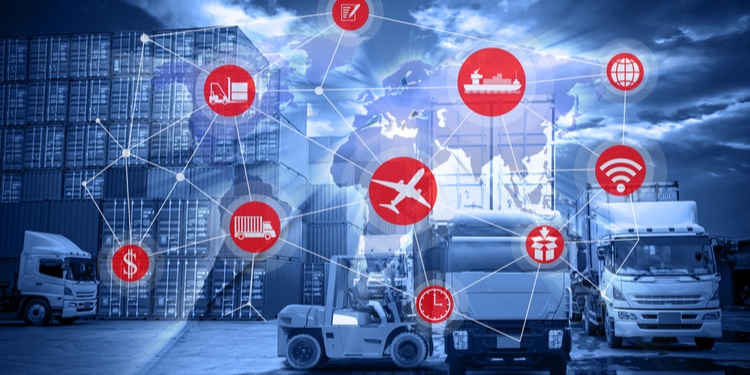Logistics Outlook: Overcoming Challenges in an Era of Rising Rates
For the last couple of years, there have been constant murmurings among logistics providers about an impending rise in rates. It's safe to say that threat has now become a reality.
Market, industry, and legislative pressures have created a perfect storm of factors that are driving rates upward. An improving global economy is affecting available capacity, a demographic shift has reduced driver availability and legislative issues such as electronic driver logs are causing shippers to scramble to arrange capacity for present and future needs. UPS and FedEx Parcel have already informed their customers of a 4.9% annual increase, with many others expected to follow suit.

Four front-of-mind issues for transportation providers
Our recent meeting with seven leading transportation providers provided an opportunity to hear first hand how these conditions are affecting operations. They highlighted a number of factors that will force rate rises in 2018:
- Truckload (TL) capacity is declining rapidly due to reduced driver availability and an improving economy. According to The Washington Post, a State of the North American Supply Chain study from transportation company Averitt Express found diminishing truck capacity is the industry's "primary hurdle" for the coming year. An industry analysis by DAT Solutions found that just one truck was available for every 12 loads needing to be shipped at the start of 2018, the lowest ratio since 2005
- Lead times for shippers are increasing, forcing shippers to explore alternate modes of transportation to get shipments to their customers. Accordingly, rates are rising for TL shipments as capacity shrinks
- LTL capacity remains strong, but on a downward trend. Rates are rising due to overflow from truckload shippers shifting mode and load size to gain capacity
- The likely outcome of increased truck rates will be the transition from highway transport to rail freight. Intermodal or rail is typically less expensive than truck due to the nature of the mode, and we are already seeing shippers switch to intermodal to circumvent the capacity and rate issues of the highway. However, rail rates are expected to rise as the availability of truckload as a viable option is diminished
What can shippers do to prepare?
As freight operators struggle to meet demand, rate hikes are inevitable and will happen very quickly. Shippers need to prepare by streamlining transportation processes, locking in lower rates and gaining full visibility of their end-to-end supply chain.
As a recent GSCI white paper, End to End Supply Chain Collaboration Best Practices, found, greater end-to-end supply chain collaboration is a largely untapped opportunity. The key to achieving this is to understand the potential benefits of a collaborative approach for both carrier and shipper. For example:
- Carrier equipment utilization - Carriers have visibility to their own networks that the shipper does not. Providing visibility to more of the business to a carrier allows them to create round-trip assignments for their resources versus one-way line hauls, preserving or passing savings along to the shipper
- Predictability - Choppy demand and last-minute requests for capacity lead to higher costs in any environment. Predictive analytics can be deployed to create stability for a transportation provider, allowing them to plan drivers, equipment placement and arrange for additional capacity to address shipper needs
- Effective utilization of the rail network - This will be of paramount importance to keep costs in check and to drive any innovation. Shippers need to increase efficiency of loading, unloading, and movement of rail equipment at origin and destination. This will require a solution mindset from the shipper and the rail line. With rail operators' behavior unlikely to change, it's incumbent on shippers to lead the discussion and be prepared to create efficiency to get rail cars in and out to keep their assets rolling
- Supplier rationalization - Bundling more work with fewer suppliers allow shippers to create a more interesting environment for a service provider
Building a collaborative, end-to-end supply chain
As transportation rates rise, shippers will need to develop new strategies and harness the power of new technologies to remain competitive. Taking a total value approach can lead to rapid cash release, drive out cost and create the conditions for sustained growth, even in a time of rate increases. Not only that, but building strong collaborative partnerships will increase competitiveness and protect the future of your business. The first step is to understand where your business is today. I would recommend carrying out an in-depth analysis sooner rather than later.
